The Ark of Bukhara
Blog Sections
The Ark of Bukhara
The Ark of Bukhara stands as a magnificent reminder of Uzbekistan’s historical grandeur. This ancient citadel, perched on a hill overlooking the historic city of Bukhara, has witnessed the rise and fall of empires, served as a royal residence, and been the center of political power for over 1,000 years. While many marvel at its imposing structure, the Ark holds stories, secrets, and treasures that few have uncovered.
The Origins: A Fortress Built to Last
The Ark of Bukhara dates back to 5th century AD, though some historians suggest that earlier structures stood on the site. This mighty citadel served as the heart of Bukhara, evolving with each ruler who expanded its fortifications and palaces. Unlike many ancient sites, which fell into ruin over the centuries, the Ark was continuously occupied until the 20th century, cementing its role as a symbol of power and resilience.
According to legend, the Ark’s foundations were laid by the Persian hero Siavash, exiled from his homeland. The citadel’s construction symbolizes strength and survival, traits that carried Bukhara through invasions, wars, and revolutions. Its architectural longevity is a testament to strategic design—walls made of clay and bricks, thick enough to repel attackers and stand against earthquakes.
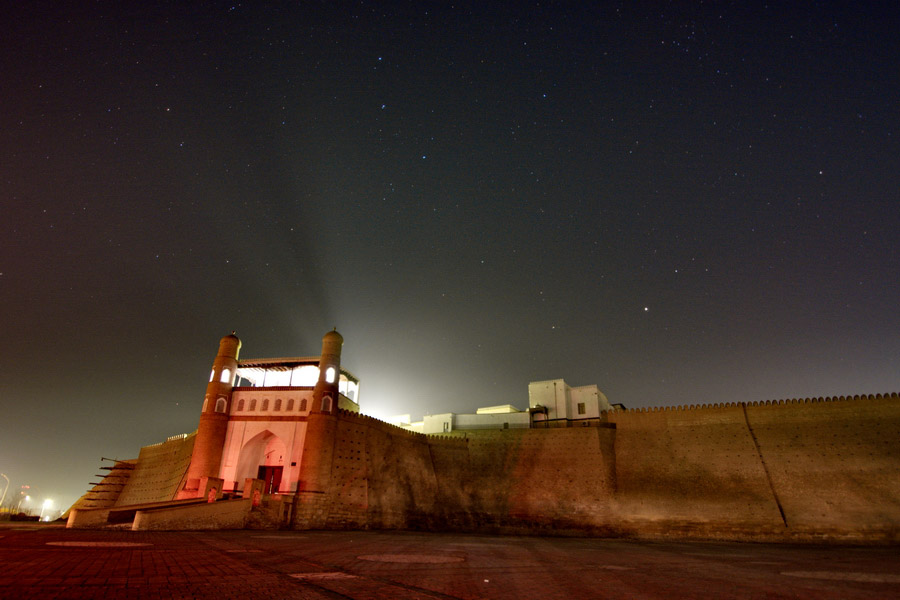
Architectural Marvels: A City Within Walls
The Ark is more than a fortress; it was a self-contained royal city. Within its high walls were palaces, mosques, stables, military barracks, courtyards, and gardens. At its height, the Ark housed the emir of Bukhara and his court, along with ministers, scholars, and servants.
The architectural style reflects the influences of Islamic and Persian design. Intricate tile work, arches, and carved wooden pillars adorn many sections of the citadel, creating an elegant atmosphere despite its military function. Visitors can walk along the ancient ramparts, imagining the bustling life that once thrived inside the Ark’s protective walls.
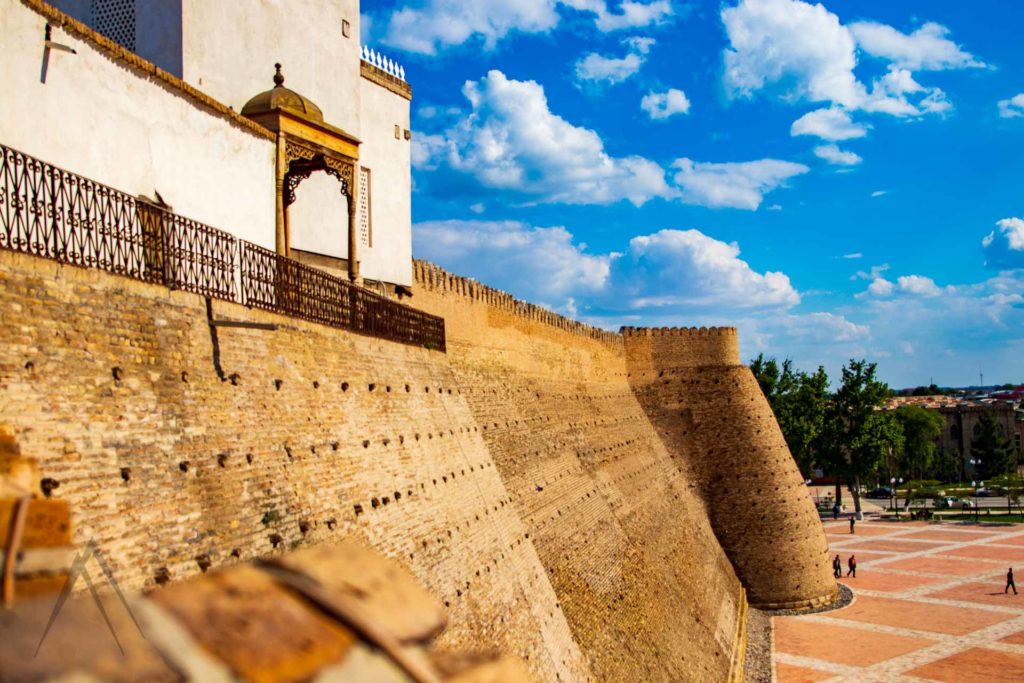
The Role of the Ark During the Silk Road Era
Bukhara was a key stop on the Silk Road, and the Ark played an essential role in the city’s prominence as a center of trade and culture. Traders and diplomats from China, Persia, and Europe passed through Bukhara, bringing wealth and knowledge. The emir used the Ark to host foreign ambassadors, demonstrating his power and influence.
The treasury of the Ark was said to hold immense riches, including gold, jewels, and fine silk, much of which came from Silk Road commerce. While many treasures have been lost to history, some artifacts from this era remain on display within the Ark’s museum, giving visitors a glimpse of its former opulence.
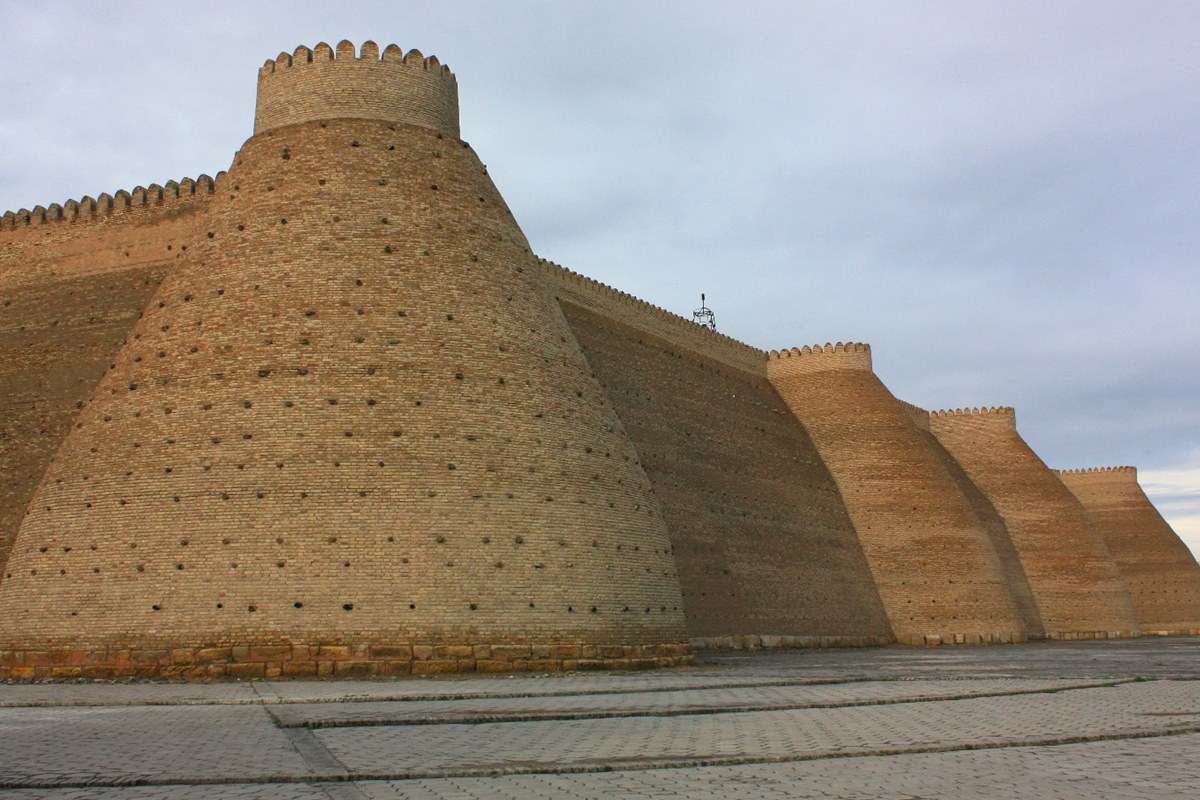
Legends of Power and Punishment
While the Ark served as a symbol of grandeur, it also held a darker reputation. Within its walls was the Zindon prison, where enemies of the emir were confined in harsh conditions. One of the most infamous legends involves two British spies, Charles Stoddart and Arthur Conolly, who were imprisoned in the Ark in the 19th century. The emir executed them publicly, an event that strained relations between Britain and Bukhara and became part of “The Great Game”, the geopolitical struggle between the British and Russian empires.
The Zindon dungeon remains one of the Ark’s most eerie attractions. Descending into its depths offers visitors a chilling reminder of the political intrigues and harsh justice that took place within these walls.
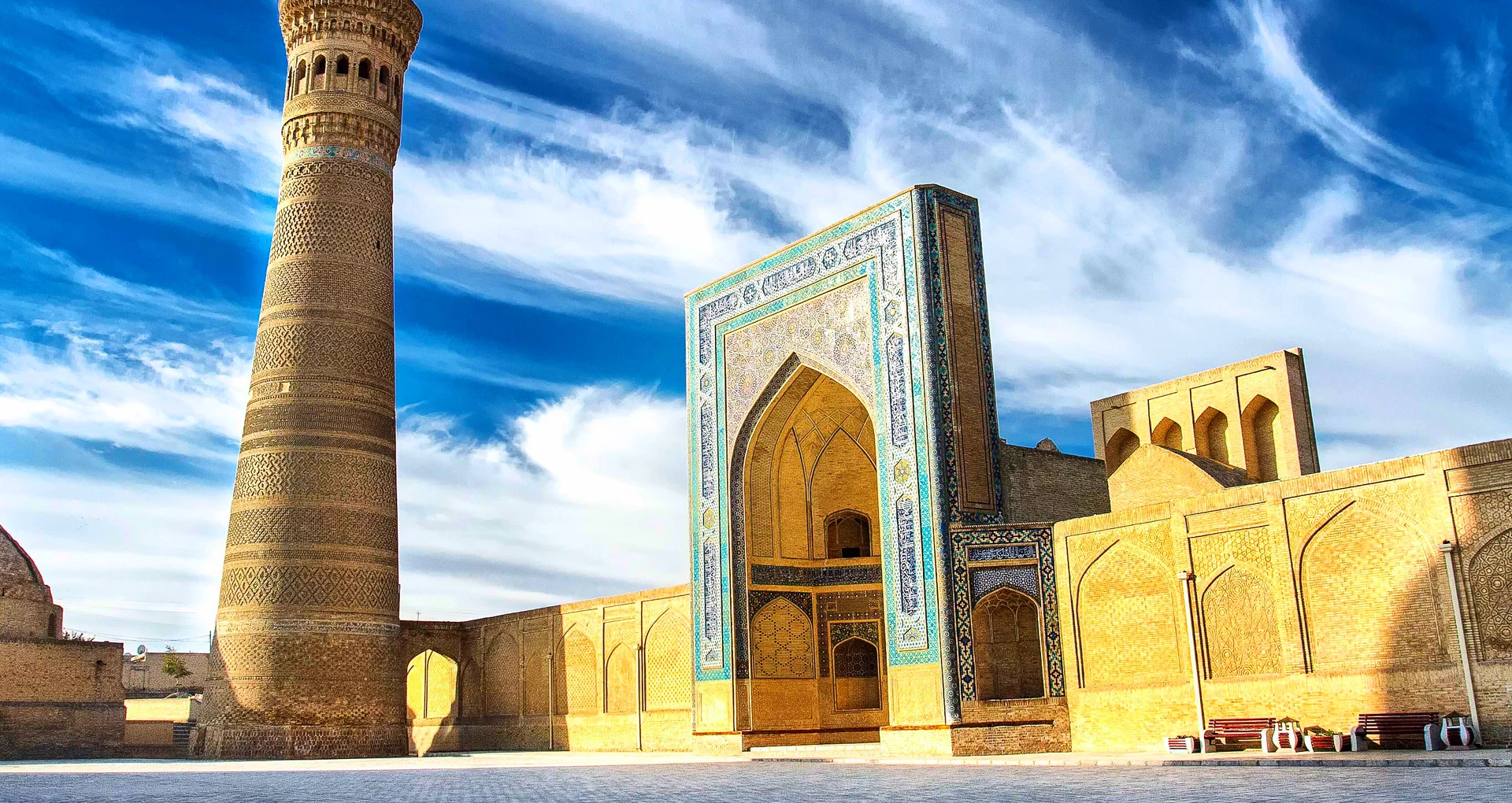
The Fall and Revival of the Ark
The Ark remained a seat of power until the early 20th century. However, in 1920, during the Russian Civil War, Bolshevik forces bombarded Bukhara, reducing much of the Ark to ruins. The emir fled, marking the end of the Bukharan Emirate and leaving the Ark abandoned for decades.
Restoration efforts began in the mid-20th century, with the goal of preserving the historical and cultural legacy of the site. Today, visitors can see both the restored sections and the crumbling ruins, which stand as a stark reminder of the citadel’s turbulent history.
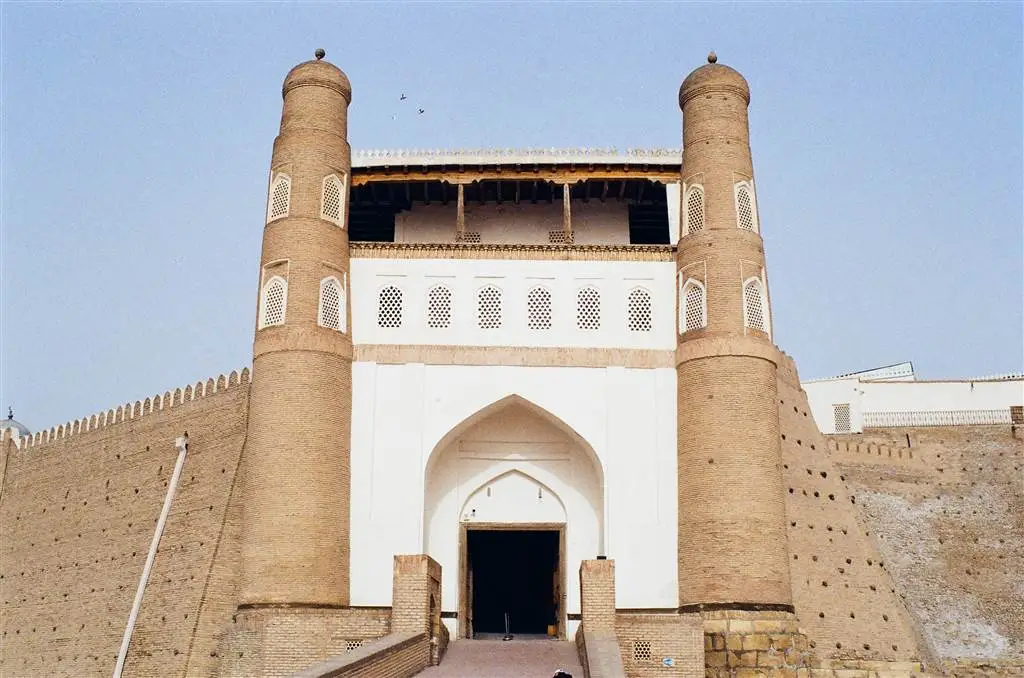
Exploring the Ark Today: Museums and Exhibits
The Ark has been transformed into a museum complex, allowing visitors to explore various exhibitions that reflect Bukhara’s history, culture, and significance. Highlights include:
- The Archaeological Museum, showcasing artifacts from the pre-Islamic and Silk Road eras.
- The Court of the Emir, where visitors can imagine royal ceremonies and celebrations.
- The Mosque of the Ark, a beautifully restored prayer hall with intricate wooden pillars and tile work.
The views from the ramparts are another highlight. Standing atop the Ark offers a panoramic view of Bukhara’s old city, with its domed bazaars, ancient minarets, and winding alleys.

The Cultural Impact: A UNESCO World Heritage Site
Bukhara, along with the Ark, is recognized as a UNESCO World Heritage Site for its well-preserved urban fabric and cultural importance. The Ark symbolizes Uzbekistan’s diverse history, reflecting influences from Zoroastrianism, Islam, and the many empires that ruled Central Asia.
Festivals and events now bring the Ark to life, offering travelers the chance to experience Uzbek music, dance, and crafts within the ancient walls. The site also plays a role in national identity, with locals viewing it as a proud symbol of their heritage.

Conclusion: Discovering the Legacy of the Ark of Bukhara
The Ark of Bukhara is more than just an ancient fortress; it’s a living monument to centuries of history, culture, and resilience. From its role in Silk Road commerce to the political dramas of the Great Game, the Ark has witnessed the unfolding of some of history’s most significant events.
Today, it stands as a testament to the architectural ingenuity of ancient builders and the enduring spirit of the people of Bukhara. Whether you’re a history enthusiast, a lover of architecture, or simply seeking a unique travel experience, the Ark promises to captivate and inspire. Walking through its ancient gates, you’ll feel transported to a bygone era, where stories of power, intrigue, and survival still echo within its walls.

Bukhara, Uzbekistan
Hours: Open daily from 9:00 AM to 6:00 PM
Admission Fee: Approximately $5 (additional fees for guided tours)

You may also be interested in
Corryvreckan whirlpool
Dive into one of the most breathtaking natural phenomena in…
Khara Khoto Ruins
Journey into the heart of the Gobi Desert and explore…
Waitomo Cave, North Island, New Zealand
Embark on an unforgettable journey through one of New Zealand’s…
Hotels in Bukhara: Popularity
| Hotel | Stars | Discount | Price before and discount | Select dates |
|---|---|---|---|---|
| Emir | ★★★ | -5% | 70 66 | View hotel |
| As-Salam Boutique Hotel | ★★★ | - | - | View hotel |
| Salom Inn | ★★★ | - | - | View hotel |
| Hotel Malika Bukhara | ★★★ | - | - | View hotel |
| Amulet Hotel | ★★★ | -18% | 109 90 | View hotel |
| Hotel Fatima Boutique | ★★★ | -14% | 88 75 | View hotel |
| Komil Bukhara Boutique Hotel | ★★★ | - | - | View hotel |
| Devon Begi Heritage Hotel | ★★★ | -19% | 91 74 | View hotel |
| Hovli Poyon Hotel | ★★ | - | - | View hotel |
| Lyabi House Hotel | ★★★ | - | - | View hotel |



